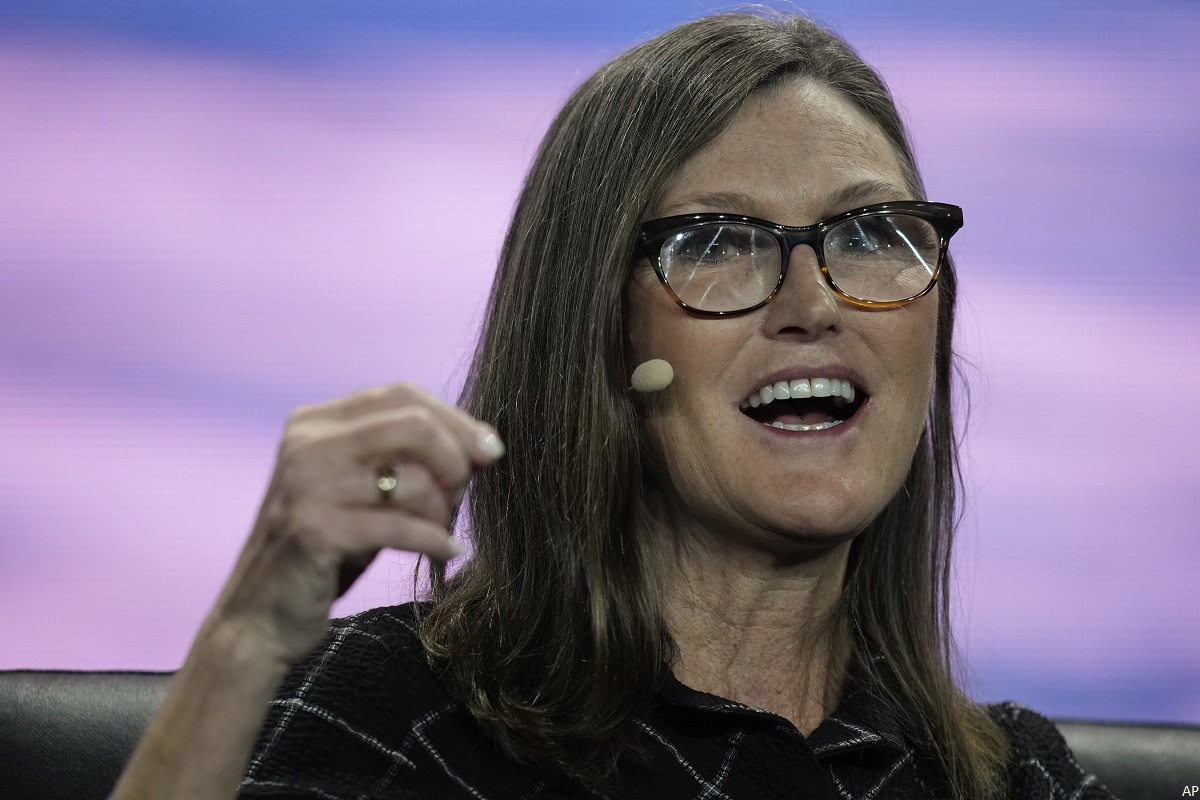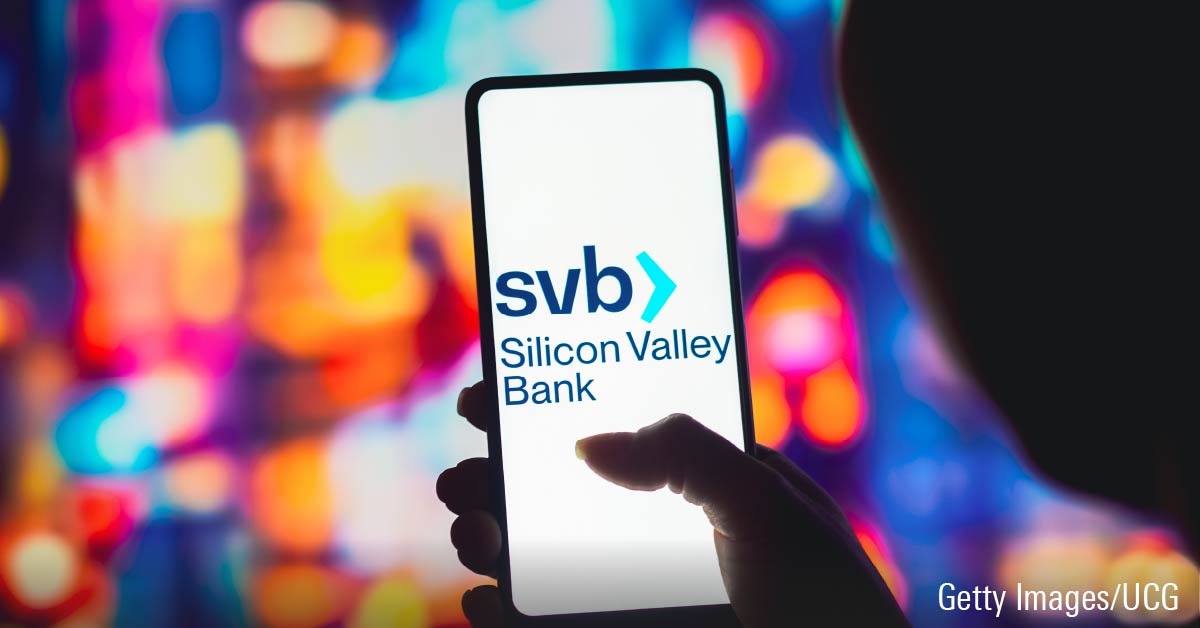Kate Lin: Welcome to Morningstar. Strategic beta funds, also known as smart beta funds, are designed for investors who want exposure to specific factors like quality or momentum. Following two years of fund closures and outflows, strategic beta exchange-traded products (ETPs) had a turnaround year in 2022. Jackie Choy, Director for Global Passive Investment Ratings at Morningstar, recently concluded a research on these funds, and he is here to tell us what he found.
Hi, Jackie. What has investor appetite been like for strategic beta ETPs in 2022?
Jackie Choy: Hi, Kate. For 2022, in the global context, which was primarily dominated by products in the U.S., we continue to see investors putting money into strategic beta ETPs, which drove strategic beta ETPs at a growth rate at 9.8% in assets, putting total assets at US$1.5 trillion globally. And in particular, for example, in the U.S., there were very healthy inflows, in fact, record inflows for two years straight, and the AUMs were growing in line with overall market, and therefore, market share has been pretty steady at around 20%.
Looking closer to home in Asia Pacific, the organic growth rate was even stronger at 18%. And this pushed up the market share to 5.4% from 5% in 2021. This suggested that investors have been putting more money proportionately in these products and the broader market. But the growth in Asia Pacific has not been uniform within the region, as you can imagine. Some were growing, some were not. In particular, Japan used to be the growth driver in the region few years back with the Bank of Japan buying ETFs. But this growth has stalled. Now, what's driving the growth in Asia Pac is from Australia and Taiwan in terms of AUM.
Lin: You mentioned Taiwan, as a market, what is so special with this market in terms of product offerings and investor appetite?
Choy: Indeed. Taiwan stood out in growth in the strategic beta ETP segment in the region. And as you can look at the statistics that we have, assets actually doubled in 2022. The growth was driven mainly by the inflows into existing dividend ETPs and also into the seven new ETP launches. In the market, we noted local investors' appetite towards dividend ETPs, and the appetite has been pretty strong in the past few years, given the prevailing real interest rate environment. And also, in 2022, we noted investors' appetite towards ESG ETPs as well, similar to what we noted in the broader fund market in Taiwan as suggested by our other colleagues' ESG flow reports. In particular, one of the ETP combined the concept of dividend and sustainability. This particular product, soar – almost quadrupled in asset size in just 2022, and it became the third largest strategic beta ETP in the region.
Lin: So, the year 2020 and 2021 marked a period where managers in the APAC region closed many of these ETPs. And the year just passed saw a strong lineup of 47 launches. What is driving this?
Choy: Right. So, Looking back at 2020 and 2021, it was very much market-specific from South Korea. So, what we saw was that ETP providers in South Korea went through some consolidation period and closed some of the small ETPs. And we always have noted that South Korean strategic beta ETP market has been very segmented. Even as of the end of 2022, the average strategic beta ETP size was only US$18 million in South Korea. In terms of new launches in 2022, the launches were mainly from China and India, where the local ETP providers have been pretty active in launching various different types of ETPs such as thematic ETPs, ESG ETPs, and also strategic ETPs, driving the growth into the market in terms of number ETPs.
Lin: So, let's talk about factors. Across APAC, quality and dividend factors have always been the sought-after strategies in the region. Does this still hold true in 2022?
Choy: Well, like you said, quality and dividend strategic beta ETPs have been popular in terms of flows and also assets in the past few years. One key change is really on the quality strategic beta ETPs. And if we zoom into the quality strategic beta ETPs in the region, most of these are ETPs tracking the Nikkei 400 Index in Japan, which employs a quality screen when selecting stocks into the index. But since April 2021, ETPs tracking the Nikkei 400 Index were no longer eligible within the Bank of Japan's ETP purchase program. This growth basically stalled for the market in terms of strategic beta market in Japan. Although assets in quality ETPs still top the rank, flows were much slower comparing two or three years ago. For dividend ETPs, we saw some US$7.8 billion went into the market this year in 2022. This was a testimony of investors looking for income. With total assets of US$21 billion in size, it's chasing very closely to the quality strategic beta ETPs at US$25 billion as of the end of 2022.
Lin: Thank you so much for joining us today, Jackie. For Morningstar, I'm Kate Lin.











.png)




.jpg)





